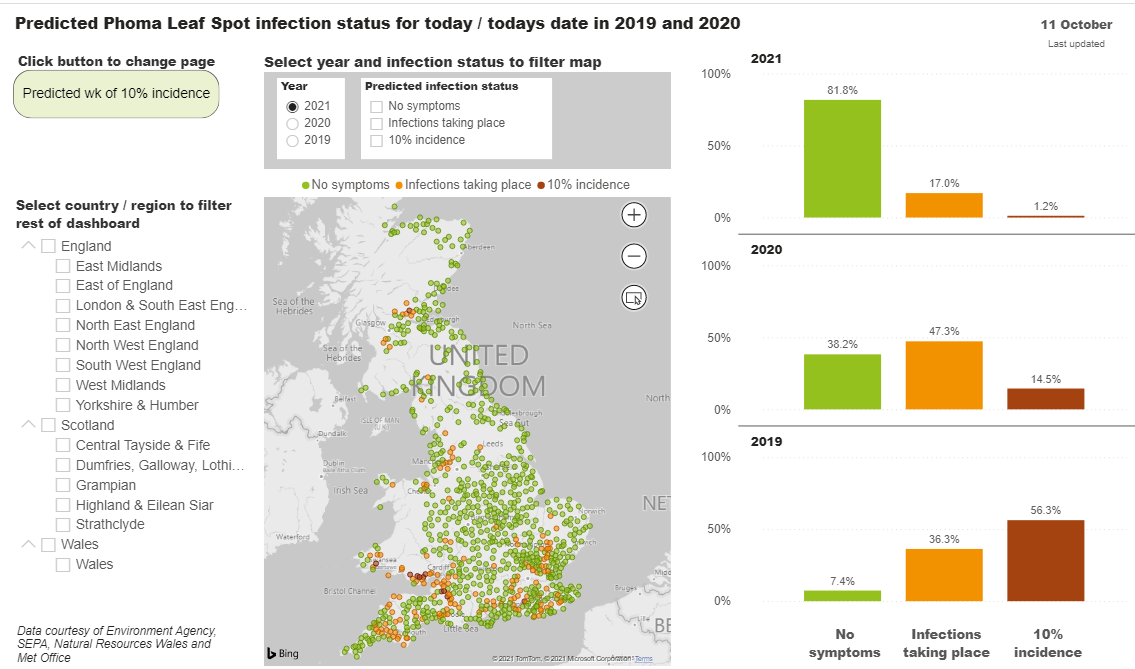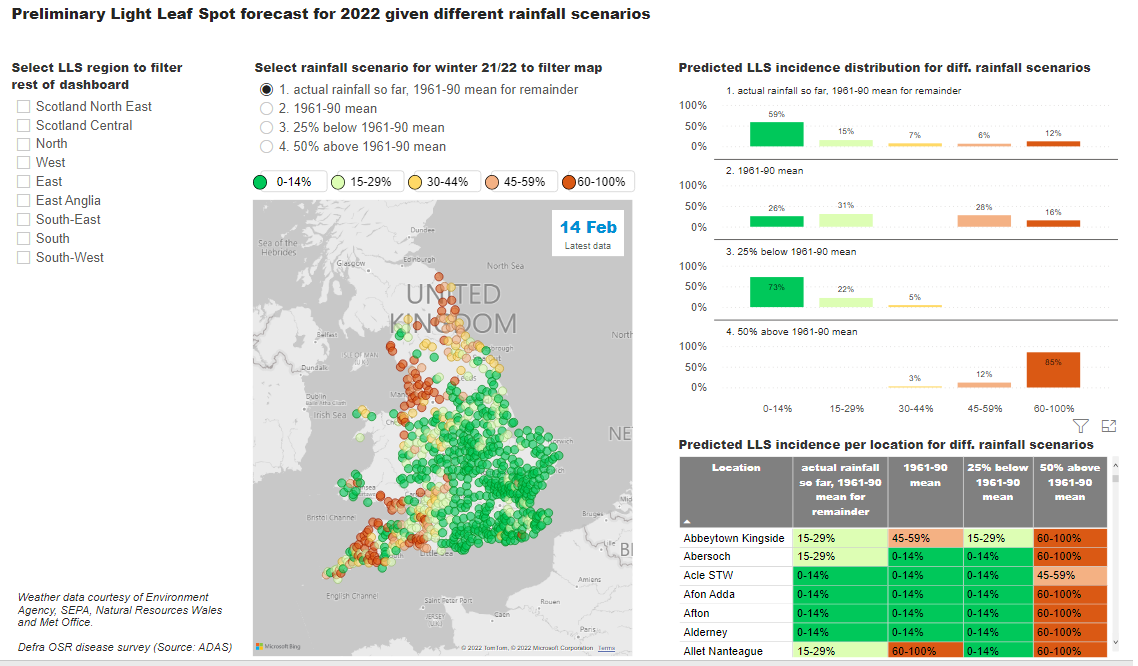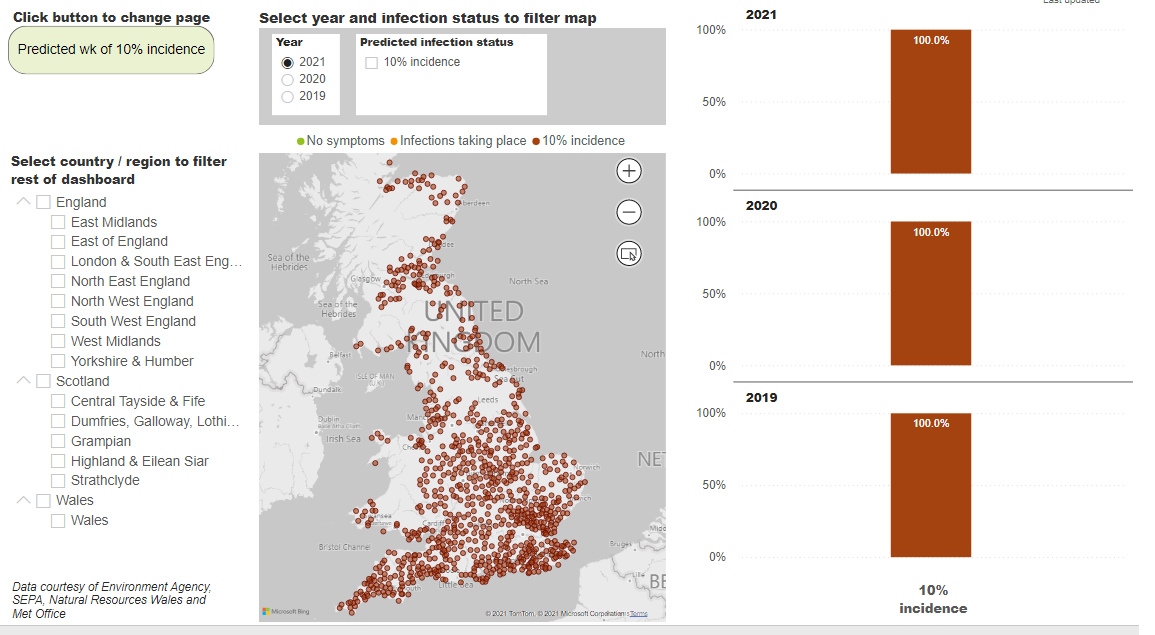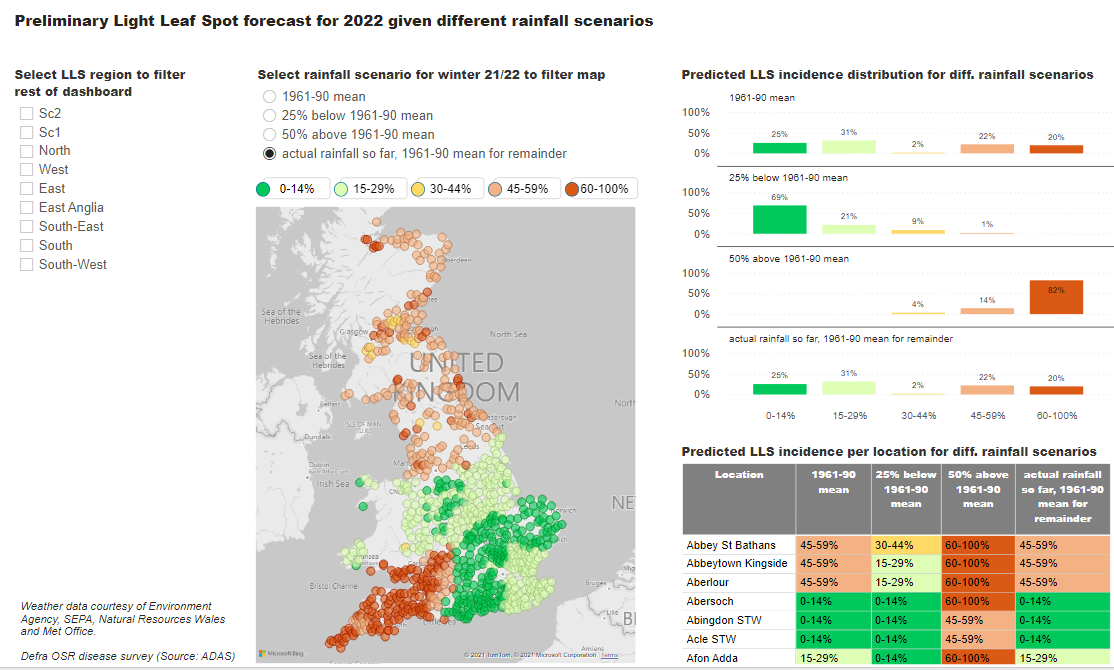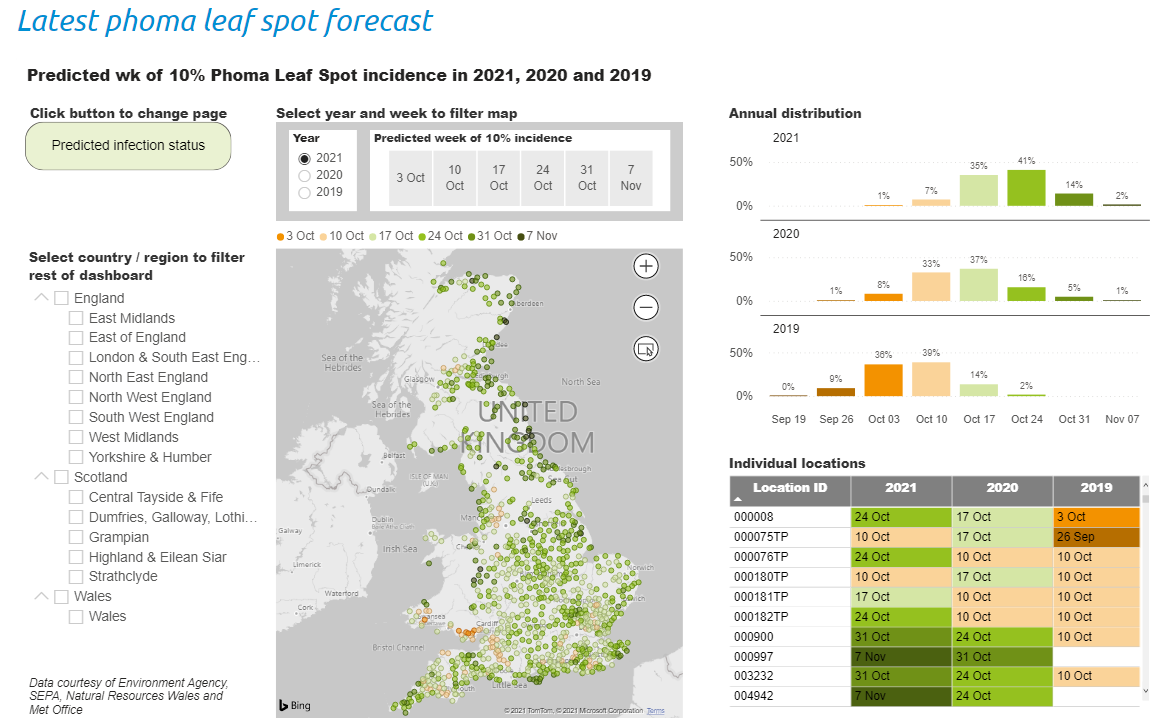News From The Field - HEAR 2021/22
July 2022
Combining has begun and early yields are looking good for HEAR crops with several growers reporting over 4 mt/ha and one with a yield of 4.55mt/ha.
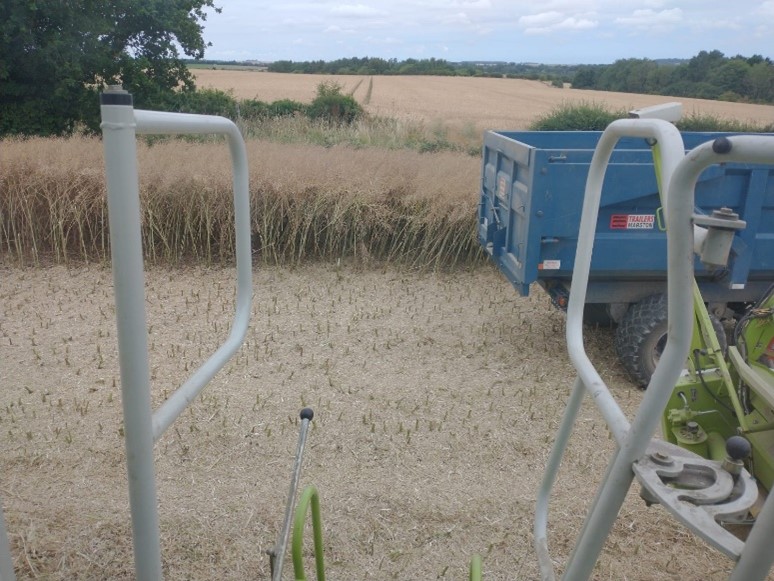
June 2022
Crops are on the turn, with thoughts turning towards desiccation towards the end of June for the most forward crops. Crops are looking well and there are plenty of pods, with that in mind consider pod stick to minimise seed loss before harvest.
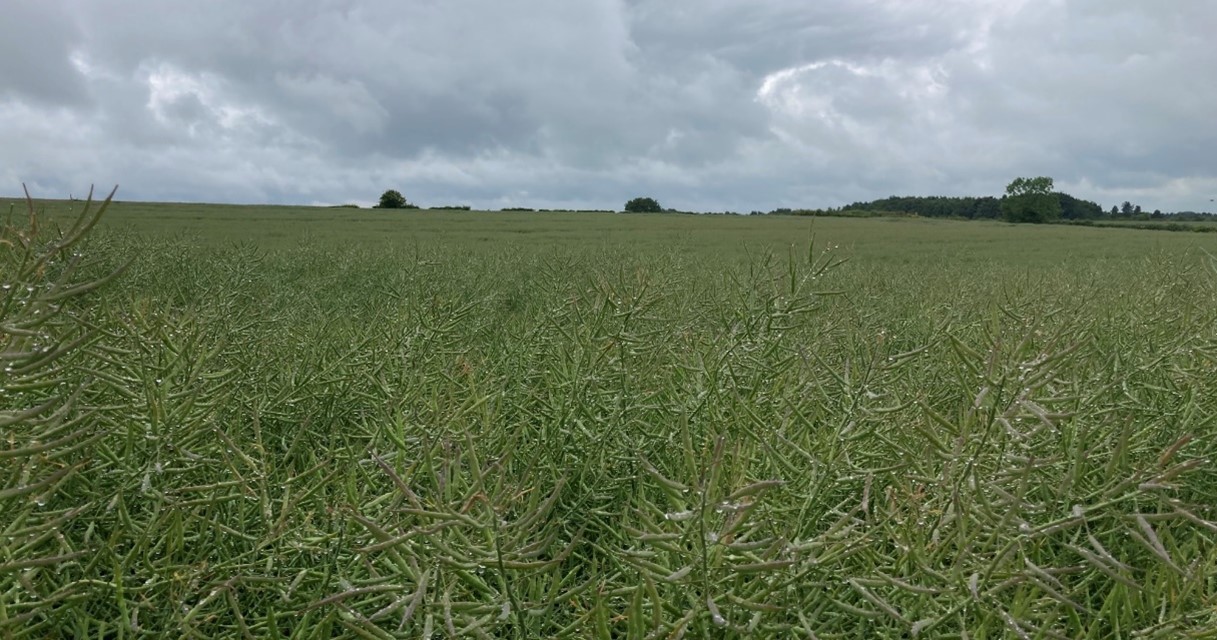
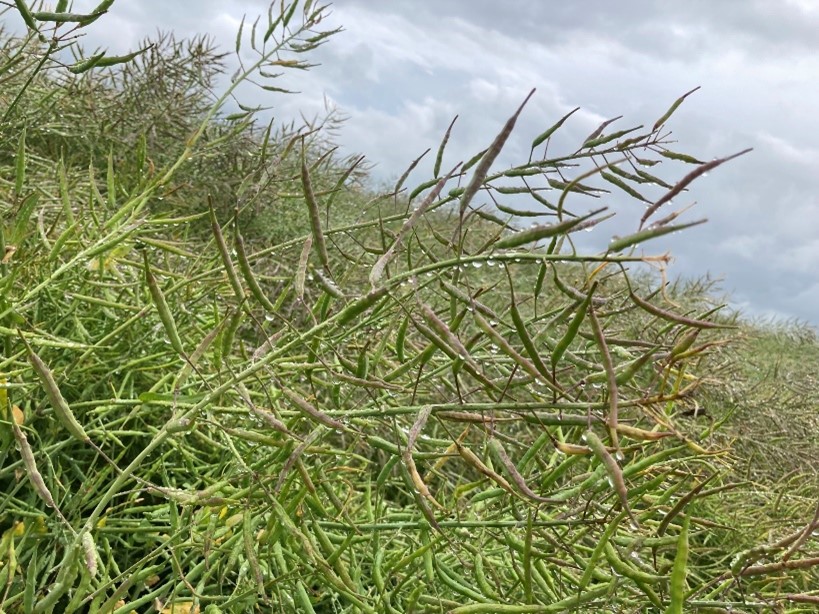
May 2022
Crops are looking well and ending flowering and are podding up nicely. Seed weevil and pod midge levels do not seem to be too high this year, but worth keeping an eye on.
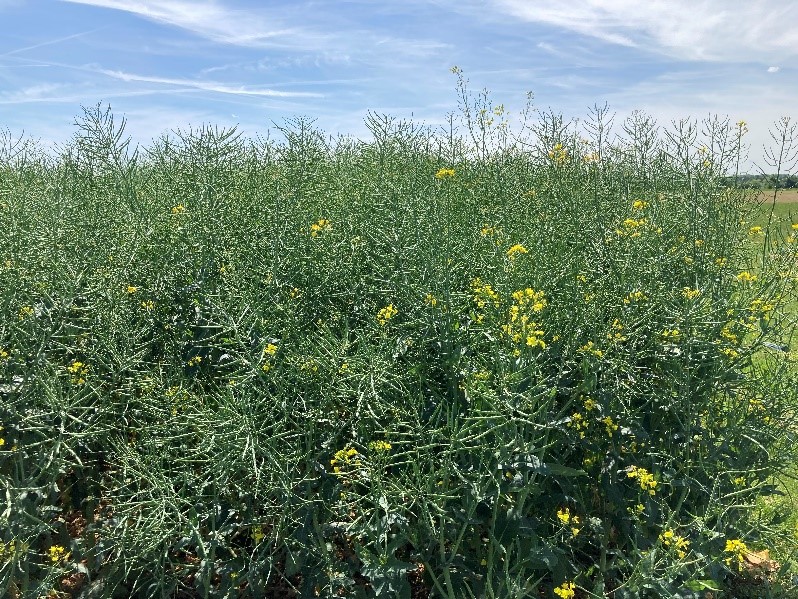
April 2022
Crops are now in full flower at the end of the month nears. In general, most HEAR crops are looking well and even.
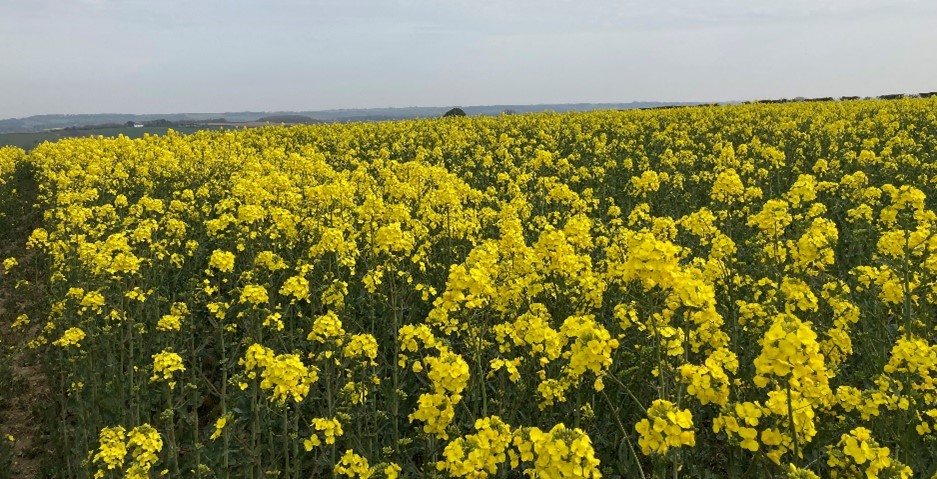
Disease forecasts for Sclerotinia remain low whilst the weather is dry as we head into May, but farmers should keep an eye on the weather and the AHDB forecast model, which shows it is starting to come in places. See: AHDB Sclerotinia forecast model, https://ahdb.org.uk/sclerotinia-infection-risk-alerts-for-oilseed-rape
March 2022
Crops are pushing on and generally looking well. Crop that have not suffered from pigeon grazing are ranging from green-bud to flowering. Those crops still in stem extension are receiving or have had their final fertiliser doses. Remember to take into account the GAI (green-area index) when calculating final dose rates given prices of fertiliser.
There are reports of pollen beetles present, but not currently at high numbers. Remember do not treat them unless thresholds are reached.
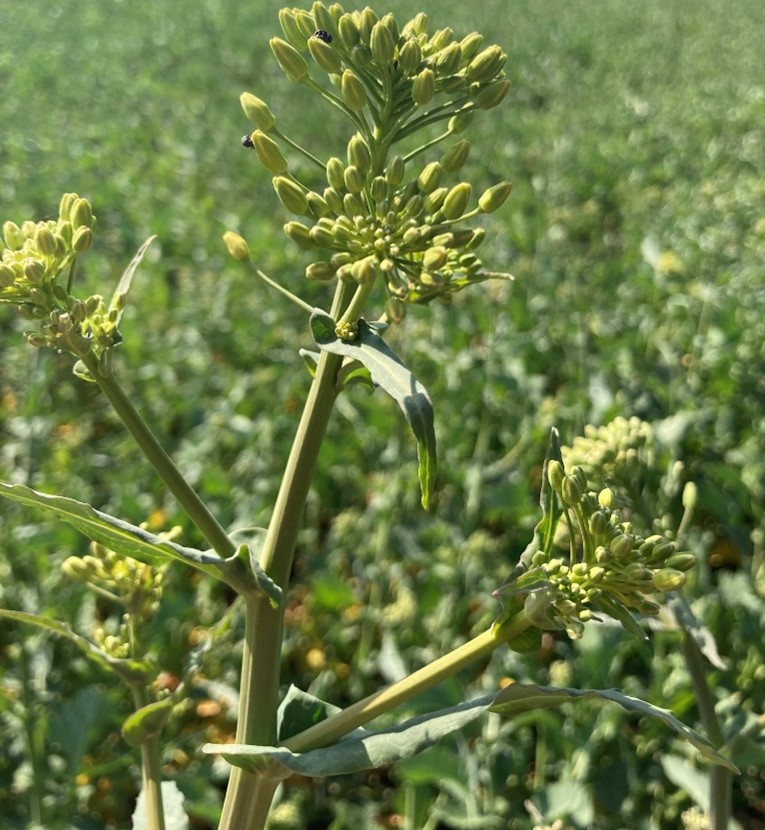
Disease levels remain low for most of the country, however Light leaf spot is present in the North and West according to AHDB forecasts. Stem extension fungicides are available for application.
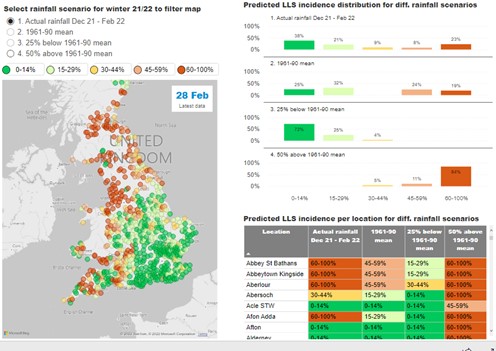
See: AHDB LLS forecast https://ahdb.org.uk/light-leaf-spot-forecast
Thoughts are now turning to Sclerotinia sprays at flowering. There is an updated AHDB Sclerotinia forecast model that is well worth a visit. Generally, it is at low levels, but the south/ south west are predicted to have higher levels.
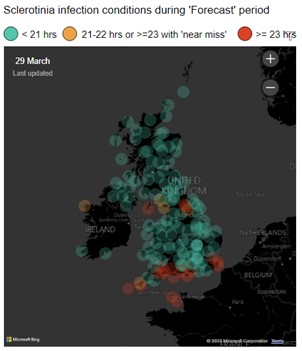
See: AHDB Sclerotinia forecast model, https://ahdb.org.uk/sclerotinia-infection-risk-alerts-for-oilseed-rape
By selecting an area near to your farm, e.g. Bedford, in the example below, the forecast tool delivers a lot more details.
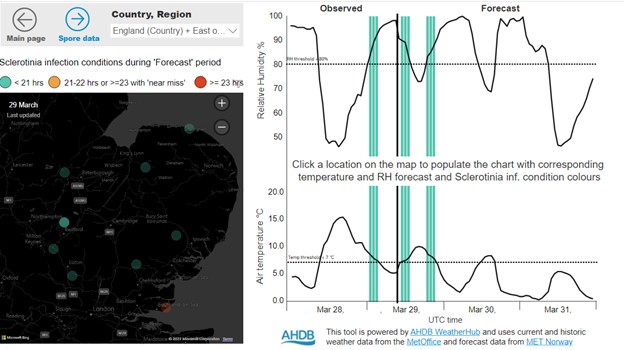
January / February 2022
OSR crops are looking well coming out of a reasonably dry winter. Pigeon damage has been seen in some crops and growers should keep an eye out for damage, so not to lose green leaf area heading into final fertiliser applications. Crops are at various canopy sizes depending on sowing date. Remember to adjust fertiliser rates according to green leaf area.
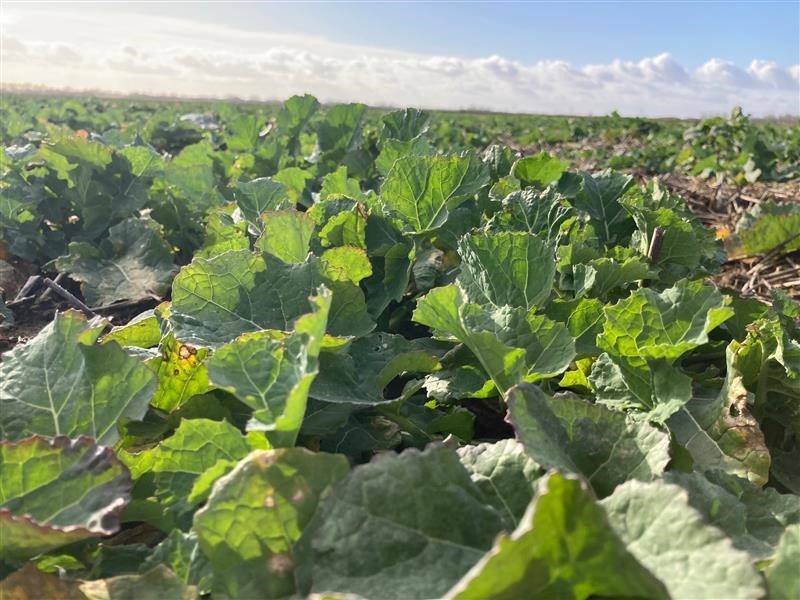
Light leaf spot is starting to come into crops further north and west according to AHDB forecasts. Growers should keep an eye out for symptoms as crops will soon grow on into stem extension as weather warms.
AHDB LLS forecast https://ahdb.org.uk/light-leaf-spot-forecast
Cabbage Stem Flea Beetle Research
As part on on-going research into CSFB in OSR NIAB have along with industry partners embarked on research into the pest. NIAB are calling for OSR samples to assess larvae numbers, and it is free! To get updates about the research or get involved follow https://www.niab.com/csfbsmart
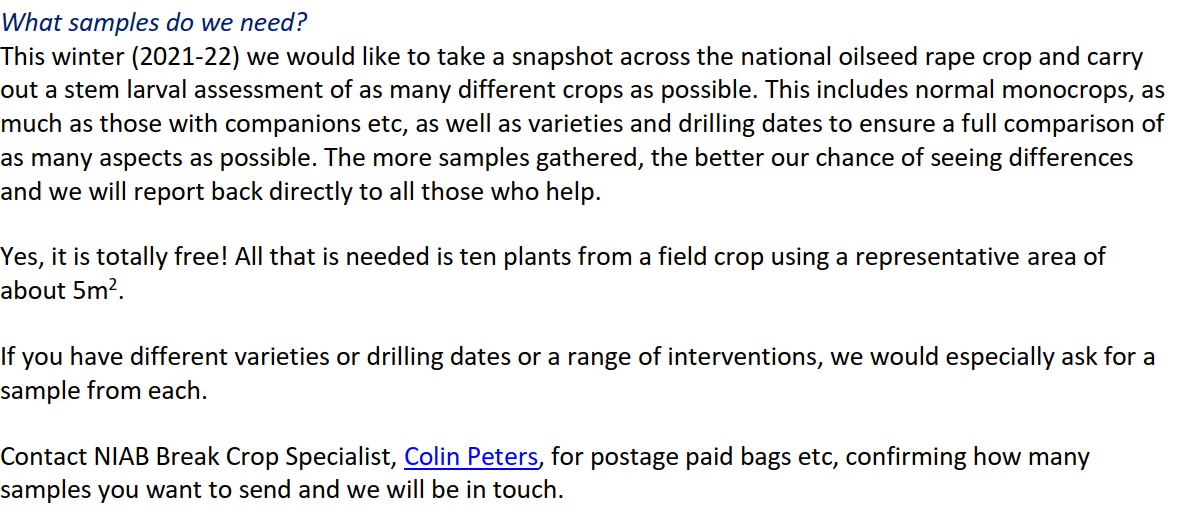
email:
November / December 2021
Crops are slowing down, the mild November means the risk of disease has increased and fungicide applications are now being considered. Many are waiting for conditions to cool before applying Kerb for blackgrass.
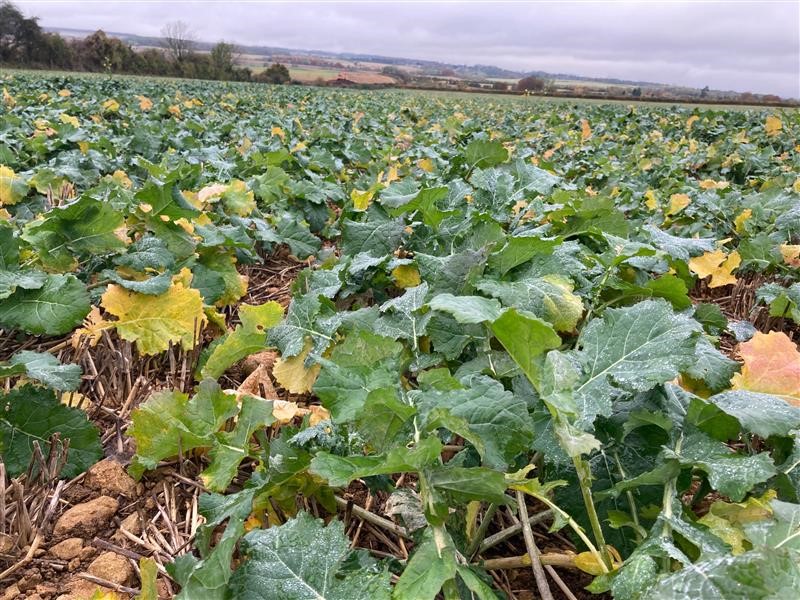
Disease Forecasts...
Phoma forecast https://ahdb.org.uk/phoma-leaf-spot-forecast
Looking ahead the AHDB have released a preliminary forecast for Light Leaf Spot (LLS) depending on rainfall. Selecting different rainfall scenarios shows different risk levels of LLS.
Forecasts for Light Leaf Spot can be found here https://ahdb.org.uk/light-leaf-spot-forecast
October / November 2021
Crops are starting to slow down for winter now, most weed control for broad leaf weeds should be completed by now. Applications of Kerb for blackgrass are waiting on colder weather.
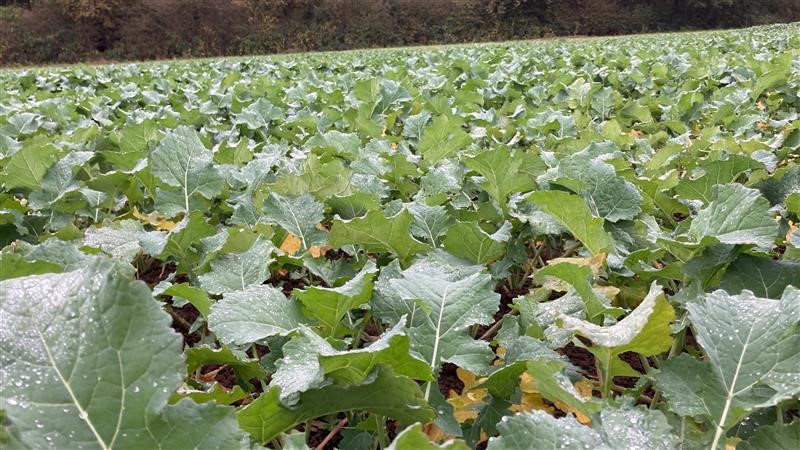
The risk of Phoma has increased in October, see below and Figure 4. Fungicides will need to be applied where thresholds are met.
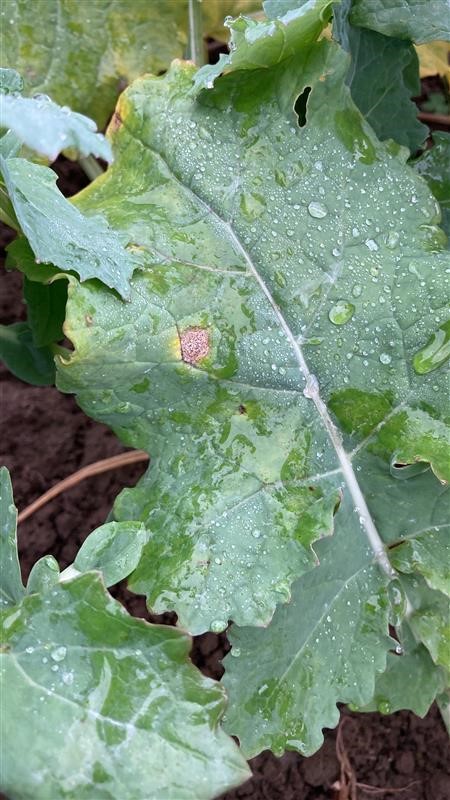
The AHDB's Phoma forecast https://ahdb.org.uk/phoma-leaf-spot-forecast is showing increasing incidence of disease across most parts of the UK...
Forecasts for Light Leaf Spot are expected soon: https://ahdb.org.uk/light-leaf-spot-forecast
September / October 2021
Crops are generally looking well, some a little too well with PGRs being considered to stop canopies getting too ‘winter proud’. Thoughts are now turning to post-emergence applications as the rain dries up to allow travelling on fields. Most have already applied a graminicide for volunteer cereals, but thoughts are now turning to well emerged blackgrass and broad-leaved weeds. With larger canopies growers should check the crop size before applying herbicide, such as Belkar to ensure good herbicide contact for weed control.
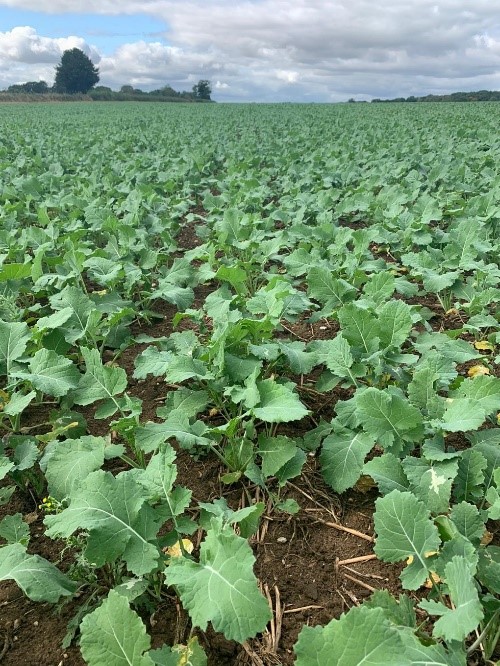
Phoma Risk Levels
With the rain the risk of Phoma increases, growers should keep an eye on the AHDB Phoma forecast for fungicide applications. According to the AHDB's Phoma Forecasting tool Phoma levels are at a lower incidence than the previous two seasons.
